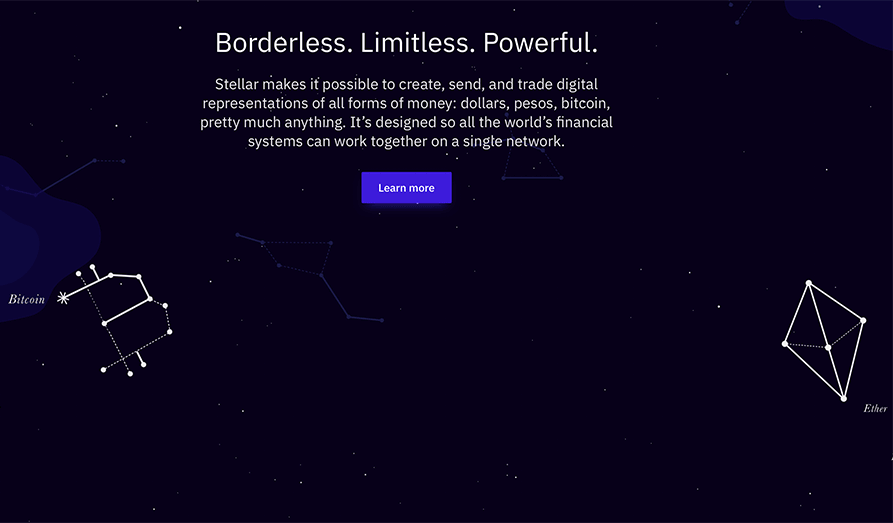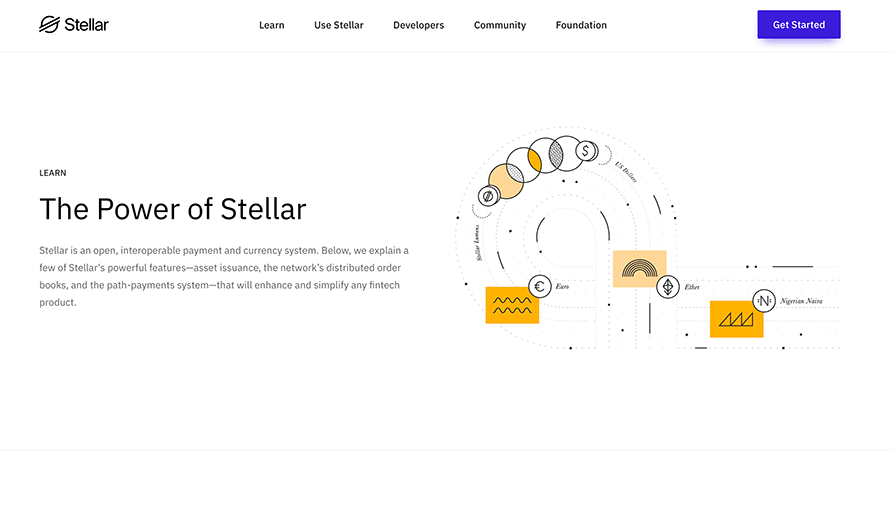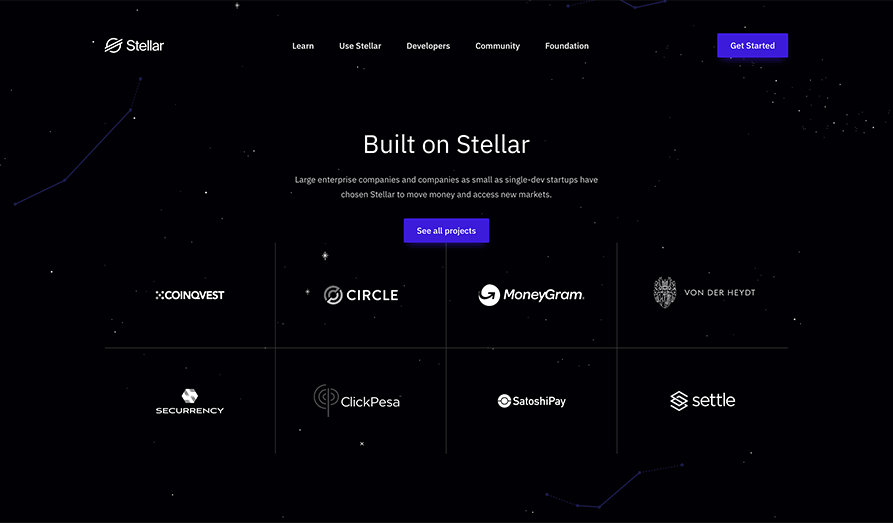
Stellar may not be among the most famous blockchains, and this may be because it is mainly meant to be used for cross-border transactions involving institutions. With it, institutions can drastically reduce the cost and time required to complete cross-border payments. Stellar network is also used in developing markets and can also help with money remittances. Banks can use the Stellar blockchain to distribute loans to their unbanked customers.
Briefly about Stellar Blockchain
Stellar network was founded in 2014 by Jed McCaleb, and he currently works as the CTO of the company. The blockchain was primarily meant to make international transactions cheaper and faster, but it is also used for domestic payments. The network is mostly used in less developed countries.
Unlocking the worlds economic potential, worldwideCryptoLists.com
While Ripple is a closed system, Stellar is an open-source protocol. The blockchain runs a network of decentralized servers that have a distributed ledger, and this is updated every 2 to 5 seconds among all nodes. Unlike Bitcoin, this network does not rely on the entire miner network to complete transactions. Instead, it uses the Federated Byzantine Agreement (FBA) algorithm, which uses a portion of the network to approve payments. This ensures that transactions are approved faster.
Utility of Stellar Blockchain?
Stellar blockchain has mostly been adopted by institutions that have to send cross-border payments regularly. Some of the most famous ones are Deloitte, the Praekelt Foundation in South Africa, IBM, and ClickEx. Regular people can also use the blockchain to make near-instant payments for negligible fees. It is also used to create smart contracts and launch initial coin offerings (ICOS).
Stellar Blockchain
Release Date: July 31, 2014
Advantages at Stellar Blockchain
 + Stellar network offers near-instant transaction speeds.
+ Stellar network offers near-instant transaction speeds.+ The transfer fees are negligible at Stellar blockchain, even for large transactions.
+ This network is able to process thousands of transactions per second.
+ Users can create smart contracts on Stellar blockchain.
Disadvantages
- The company holds about 60% of all XLM in existence.
- Given similarity with Ripple, its regulatory future is highly uncertain.
- Stellar blockchain has few nodes and validators, and this can lead to centralization.
Costs
▪ Rated at 10/10Regardless of the amount of money being transferred, the fees will be negligible. In 2021, the fees averaged at about 0.00001 Lumens or XLM, which is less than 0.001 USD. The transfer charges are set by the protocol and are only meant to deter bad actors from using the network. You should remember that anyone who uses the network has to hold a small amount of XLM in their wallet. This helps to deter spam and also covers the cost of the transactions.
Reputation and Buzz
▪ Reputation rated at 8/10▪ Buzz rated at 9/10
The company behind Stellar network has largely managed to stay away from scandals, and it has also proven that its technology is useful. Overall, the crypto community and the customers of Stellar network feel like the project will change the financial system for the better. Jed, the founder of the network, has also proven to be highly innovative and intelligent, and this gives investors confidence in the project. Most discussions about the blockchain are held on Twitter, where the company has more than 750,000 followers.
The main issue people have with the network is that it is very similar to Ripple, and given the legal trouble Ripple has been through, no one is certain about the future of Stellar network. Also, users feel like its model is highly centralized.
FAQ
Who created Stellar Blockchain?
This blockchain was developed by Jed McCaleb, and he is currently serving as the chief technology officer of the company. Jed was also instrumental in the development of the Ripple network.
Is Stellar Blockchain proof of stake?
No, this network is neither proof of stake nor proof of work. Instead, it relies on a monetary policy and consensus mechanism. To approve payments, it uses the Federated Byzantine Agreement (FBA) algorithm.
Will Stellar Blockchain overtake Ethereum?
It is highly unlikely that Stellar network will overtake Ethereum. This is because Ethereum enjoys the first-mover advantage and has more utility compared to Stellar. For example, it is used for lots of altcoins and decentralized applications.
Is Stellar a clone of Ripple?
One factor that has dragged the adoption of Stellar network is its similarity to Ripple. While these two networks have very many similarities, it is worth noting that the governance model of Stellar is decentralized, so it is less prone to censorship. Also, Ripple is a for-profit project, while Stellar network is a non-profit project.
Can I mine Lumens or XLM?
Unlike Bitcoin, this network does not support the mining of cryptocurrencies. Lumens or XLM are already pre-mined and in circulation. At the moment, the organization is holding on to about 60% of the available Lumens.






























